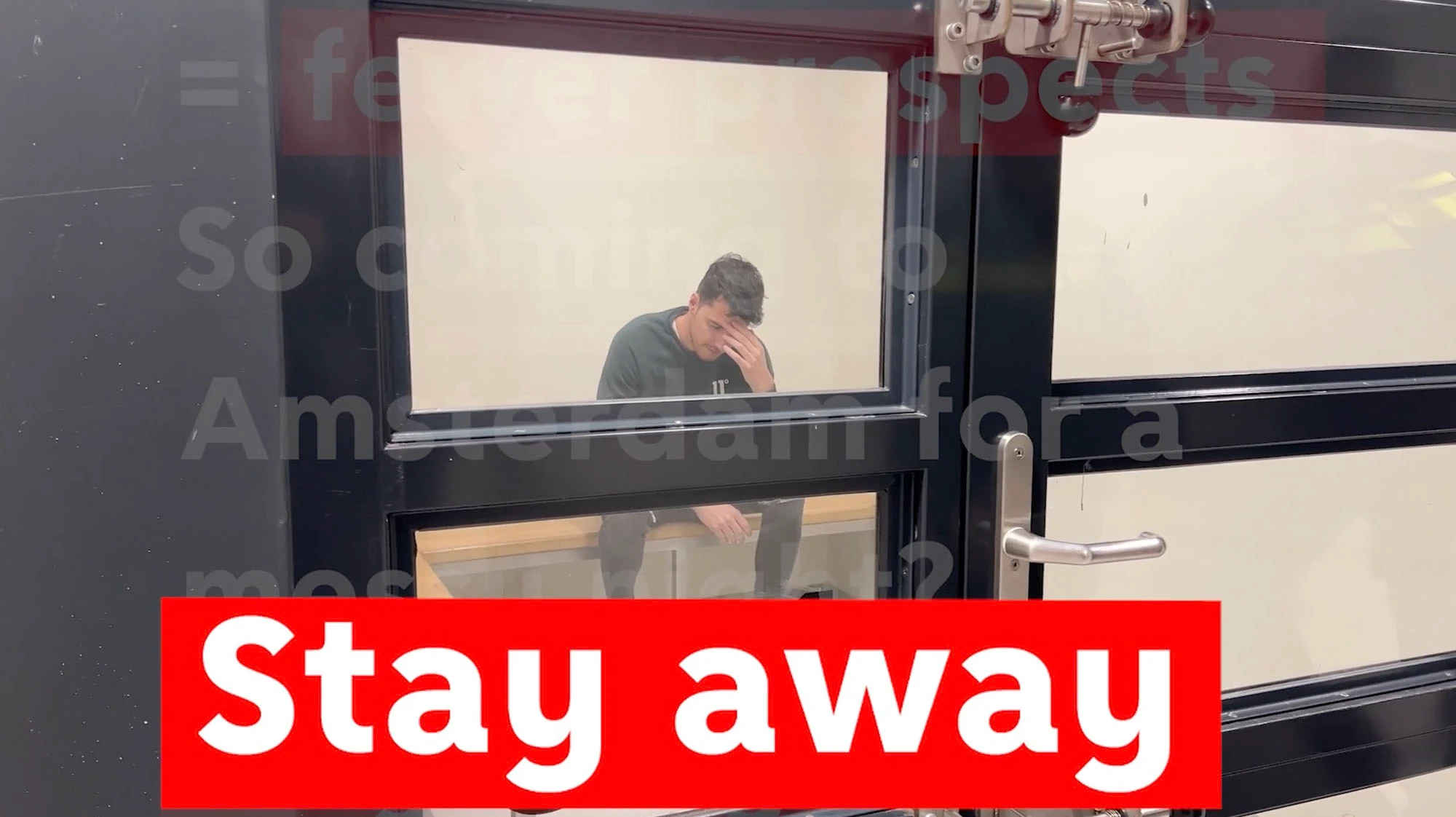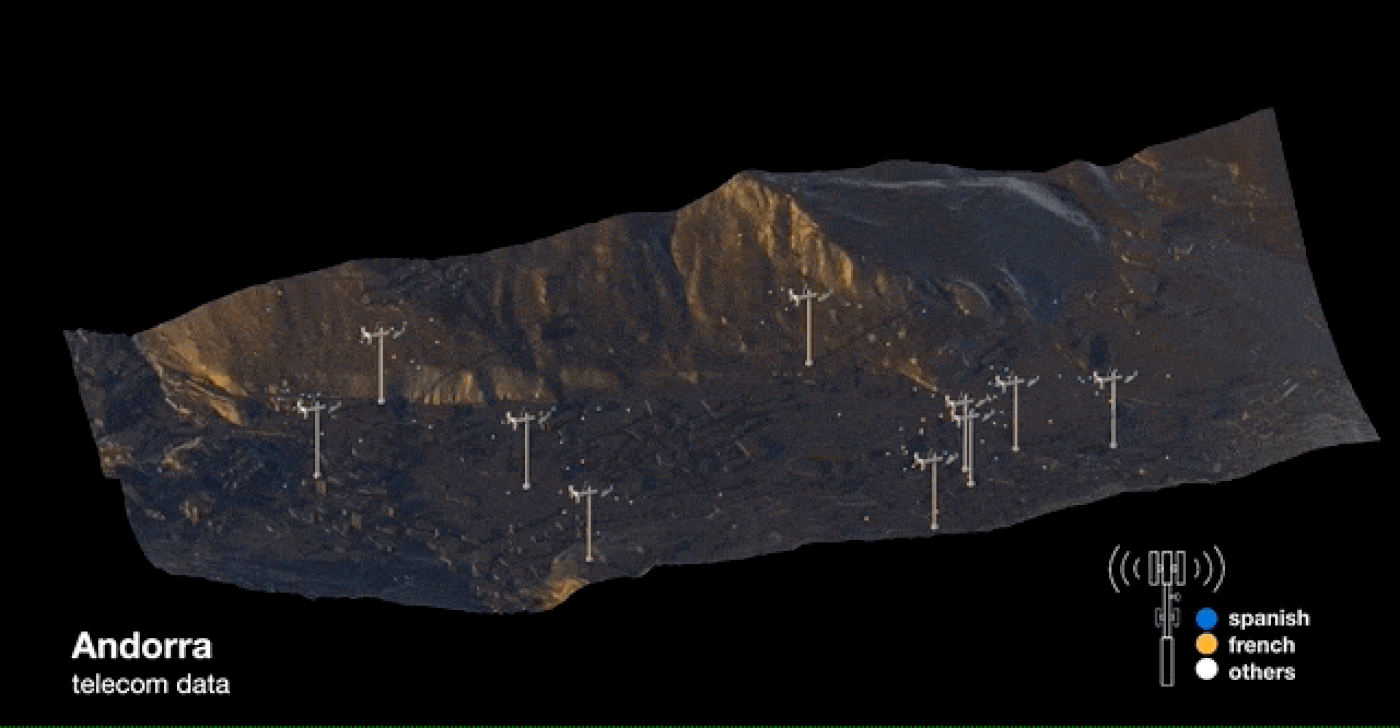The Amsterdam Paradox: When Tourism Becomes a Problem
📬 Get the future posts directly in your inbox:
The government of Amsterdam recently launched a campaign to get people not to come to the city. The campaign is targeting certain type of tourism that has been getting too popular in the city, the stag parties groups. People who come to the city to get drunk, go to the coffee shops and the red light district (you can watch the ad here).
 Credit: Amsterdam municipality
Credit: Amsterdam municipality
The campaign has added more fuel to the debate about what type of tourism, and how much tourism does it wants to attract. It is good to think about the impact of tourism in the city, although the tourism has an impact in the city’s economy, it also comes with different consequences for the city’s inhabitants. Specially, the party tourism is quite disrupting for the locals, not only for the noise pollution from, but from having people behaving in a poor way.
Would it be possible to use some other means to control the problem, rather than trying to stop people to come to the city? I think the first step pass on understanding the city, and the different tourism dynamics that happen on it. Take for example the case of Andorra, a country with 8 million visitors per year (very impressive for a country with just over 76,000 people), and where tourism represents around 46% of Andorra’s economy.
One way to understand such dynamics is to use mobile phone data, and urban attributes, such as points of interest. One study by the City Science group of the MIT Media Lab, used machine learning and anonymized telecom data, to understand how the population move, and which parts of the city are attracting different profiles of people (see also these examples in Italy 1, 2).
The telecom mesh in Andorra La Vella. Data collected in these towers was used to localize tens of thousands of locals and visitors every second, over a period of several months. Overall, millions of data points where allowing the patterning of urban behavior at a city-scale. Credit: Ariel Noyman
The use of data, would not only allow to target the different group of tourists the city wants to attract, but also offer the possibility to identify such groups, and promote different activities, rather than creating a campaign against them. At the same time, having such granular data allows to plan targeted changes in the city to modify behaviors, and improve the quality of life of the inhabitants.
Its true that having stag parties groups in the city has made some of the areas not so appealing to locals, this comes with the questions about what to do, and how to handle the situation. What would your take be?
📬 Get the blog posts directly in your inbox:
💬 Join the conversation:
Keep to conversation with a comment or reach out in my social networks.
